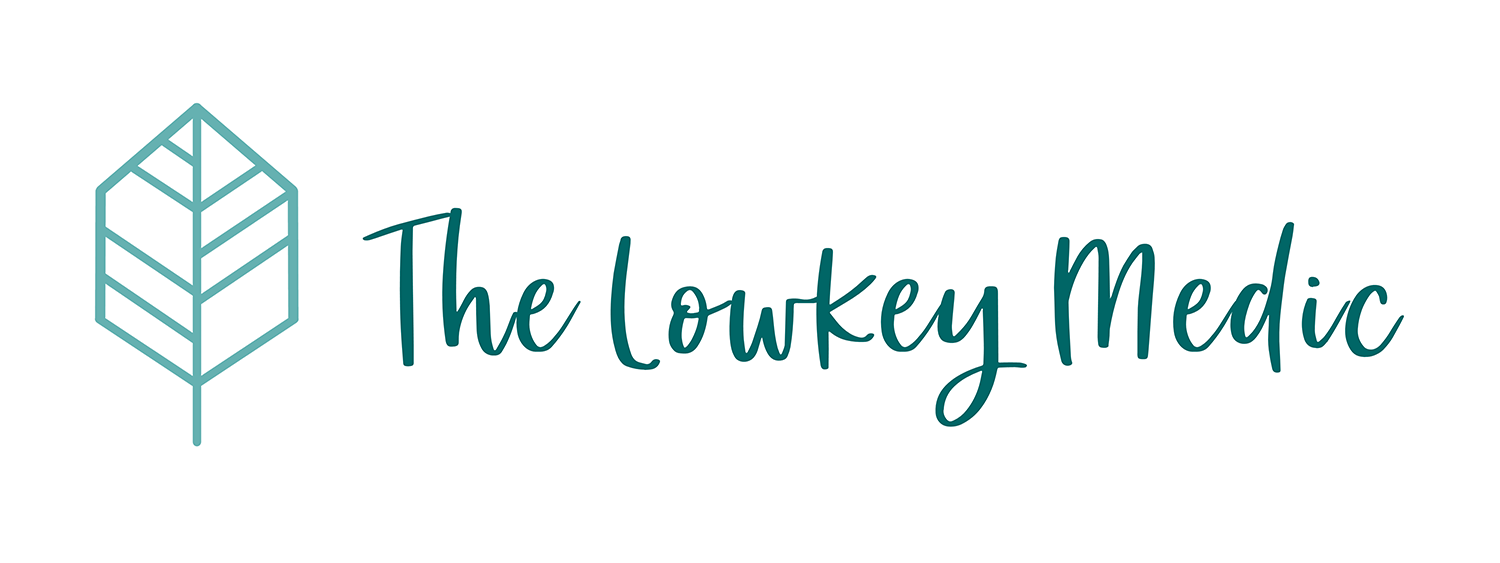Monday
First ‘moment’ was when the Consultant scrolled super fast through the CT scan and in my mind I was thinking “this looks pretty normal…” when right then the Consultant said “ah, here”. There was a tiny darker area (which shows a tiny stroke). Second ‘moment’ was when the Consultant tried to use the tool on the computer to measure the diameter of an aneurysm. He could do it pretty well previously on a CT scan, but this time, it showed up in pixels instead of centimetres. He literally exclaimed right there in the ward, “Oh no, it’s in pixels!” which drew a hearty laugh from all of us.
Neuro ward rounds are highly efficient. We flew by from one patient to another. My friend said it was like “ward rounds on steroids”.
Quite a few interesting cases! I think mostly it was interesting because I could see findings on the CT scan of the brain. I’m quite a visual person, so things make more sense when I can visualise them. I spent quite some time reading through cases and trying to correlate them to the findings on imaging. Found it quite exciting that I could recognise some (very basic) stuff, haha.
Tuesday
If you thought Neuro ward rounds couldn’t get more efficient, today the Consultant sat in front of the computer and the whole team gathered around and that’s how we rounded.
I was only half-listening until the Consultant started to pull up some scans (me and my visual inclinations). I grabbed myself a COW (computer on wheels) and began trying to follow along the cases. Derived some joy and meaning from doing that—even though I wasn’t always sure what I was looking at, lol.
Interestingly, the Neuro team is one of the biggest teams, with 2 Registrars and 4 junior doctors (HOs/MOs). And this was only the Neuro-Stroke team (they have a Neuro-Gen team as well).
Wednesday
We went for our first stroke activation today. Spoiler alert: the patient was more or less fine. The process was more or less calm and un-thrilling.
My friend as we were walking to there: you don’t have to run? Reg: lol no.
Okay the Reg didn’t actually say lol but that’s the idea. We don’t have to run because by the time we get there, the patient is either still being wheeled over, or needs to undergo a CT scan first anyway. It’s relatively chill unless it’s really an emergency. Maybe we were just there for one of the more ‘tame’ ones.
In the afternoon, we had a quick bedside tutorial with our Core Tutor, where we saw a splenomegaly case. This was followed by a sit-down tutorial with another doctor. He prepared a history taking case for us and we went over jaundice. It was really good. I mentioned him before in a past blog post—he’s really good at teaching.
Thursday
The first big news when we arrived in the morning was that the computer system (for all the health records, order forms etc) was down. So literally nothing much could be done.
The Consultant told us a story of how “back in the day” when he was in his home country the lab tests were either unavailable or so unreliably done the results couldn’t be trusted. So they did everything “by clinical signs” alone. And he said hmm we should do a trial, managing patients purely clinically, and majority of them would probably do quite well.
Anyway this meant the ward rounds couldn’t really proceed as usual. After some extremely truncated rounding, we broke off. Somehow we managed to find ourselves a few procedures to do. (I tried IV cannulation. Was not fully successful.)
Then we had a tutorial with one of the Neuro team MOs in the ward. My teammates promptly rushed home for another Zoom tutorial (on Rheumatology) that we had scheduled after lunch. As usual, I stayed to study and joined the Zoom from the hospital.
Friday
I don’t think there was anything particularly special about ward rounds. As with all the other days, we did try to find our own opportunities to clerk and examine patients.
In the afternoon, we had a bedside tutorial with our other Core Tutor. We ended up doing two history taking cases (i.e., speaking to the patient, instead of a physical examination). One was for dengue haemorrhagic fever, and the other was epilepsy. I attempted the epilepsy case with zero preparation. But it was a really good learning experience as we’d never spoken to such a patient before. We left the hospital quite late at close to 6pm. But the day felt quite well-packed and surprisingly fruitful.
ONE Example of Something You Might See in Neurology

(Image source: stritch.luc.edu)
For patients’ confidentiality, all details and identifiers are omitted. I’m unable to tell each patient’s story (though they’ll definitely be rich and meaningful). For more on my personal experience and struggles as a medical student, you can read about my Med School Life.


